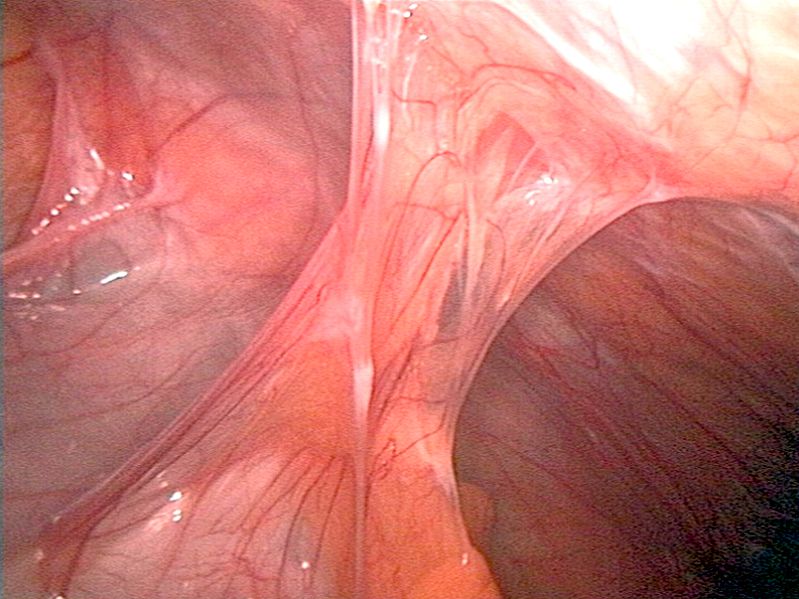Questioning the Ober Test
The Ober test is the most commonly recommended physical examination tool for assessment of ITB tightness. A study by Willet et al. (2016) questioned the validity of the Ober test.
The authors evaluated the effects of progressive transection of the ITB, gluteus medius and minimus (med/min) muscles, and hip joint capsule of lightly embalmed cadavers on Ober test results and to compare them with assessment of all structures intact. In addition, thigh position change between gluteus med/min transection and hip capsule transection was also assessed for both versions of the Ober test. It was hypothesized that transection of the ITB would significantly increase thigh adduction range of motion as measured by an inclinometer when performing either Ober test and that subsequent structure transections (gluteus med/min muscles followed by the hip joint capsule) would cause additional increases in thigh adduction.
The authors used lower limbs of lightly embalmed cadavers for midthigh ITB transection versus intact by use of the Ober (n = 28) and modified Ober (n = 34) tests; 18 lower limbs were assessed for all conditions (intact band, followed by sequential transections of the ITB midthigh, gluteus med/min muscles, hip joint capsule) by use of both Ober tests.
The authors found no significant changes in thigh position (adduction) occurred in either version of the Ober test after ITB transection. Significant differences were noted for intact band versus gluteus med/min transection and intact band versus hip joint capsule transection for all findings for both tests. Statistically significant differences were also noted between test findings comparing gluteus med/min transection to hip capsule transection.
The authors concluded that their findings refute the hypothesis that the ITB plays a role in limiting hip adduction during either version of the Ober test and question the validity of these tests for determining ITB tightness. The findings showed that the Ober test results are mainly influenced by the gluteus medius and minimus muscles as well as the hip joint capsule.
Clinical Relevance:
The results of this study suggest that the Ober test assesses tightness of structures proximal to the hip joint, such as the gluteus medius and minimus muscles and the hip joint capsule, rather than the ITB.
Willett, G. M., Keim, S. A., Shostrom, V. K., & Lomneth, C. S. (2016). An Anatomic Investigation of the Ober Test. The American Journal of Sports Medicine, January 11, 2016.



